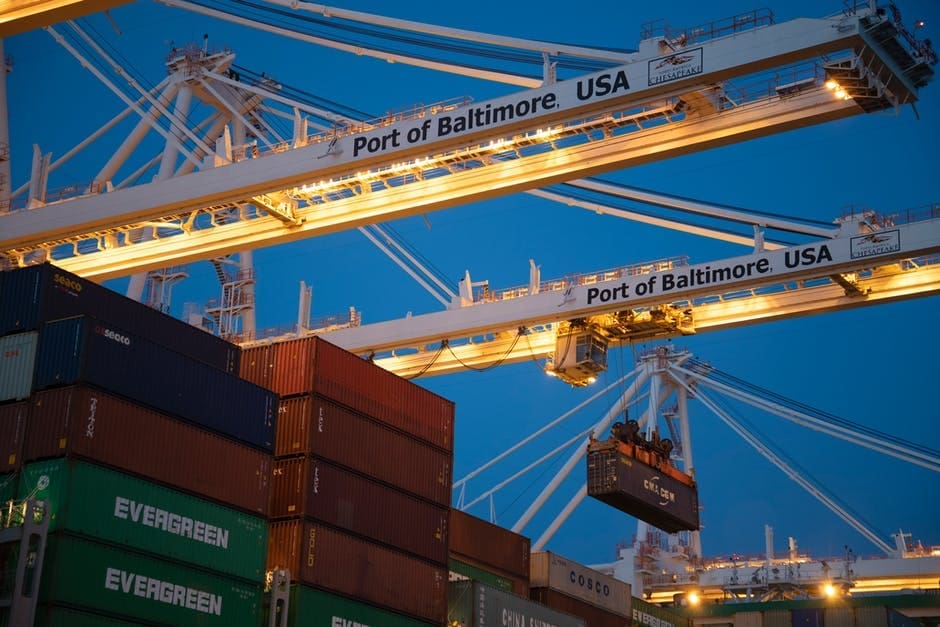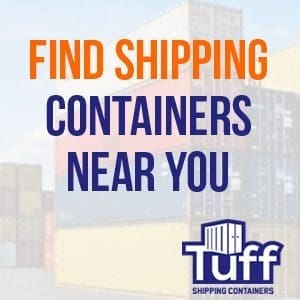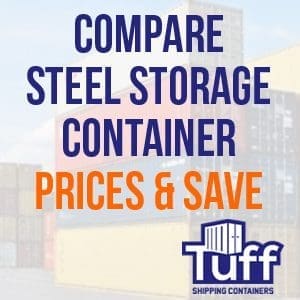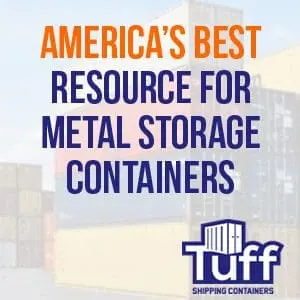
5 Ways to Optimize the Use of Shipping Containers
Shipping containers can be a great resource for businesses and private individuals. They offer an affordable, reusable option for transporting goods, holding supplies, or even creating housing. Here are five ways you can use shipping containers to maximize efficiency and save money:
1. Dedicate the Container to One Task
Instead of switching out the contents of one container for another every time, there is a new task, dedicate one container solely to that purpose. This will ensure continuity and eliminate wasted effort in moving items from one container to another.
2. Utilize Stackable Containers
Many shipping containers are stackable, either directly on top of each other or with a lifting device such as a crane or forklift. By stacking multiple similar containers together, you can save on space while still allowing easy access to all your stored items.
3. Choose the Right Container Size
Choosing between standard sizes or customizing a container based on needs and budget is essential when optimizing efficiency. The right size will depend largely on what you need to transport/store, as well as any legal restrictions (such as loading height).
4. Supplement With Strapping & Packing Materials
Organization within your shipping container is key — especially if you are storing fragile items or products containing liquids that may shift during transit. Make sure you stock up on strapping materials (ropes, nets) and packing materials like cardboard boxes, bubble wrap, etc., which can help keep things secure during transit and storage.
5. Invest in Reliable Access Points & Securing Systems
Depending on your needs (and budget), consider investing in additional access points and locking systems so that the contents of the container remain secured while it’s being transported or stored outdoors at its destination point — especially if you need to keep it closed off from humans or animals who could gain access otherwise.


Understanding Shipping Container Pricing
The cost of a shipping container will depend on several factors, including the type, size, and condition of the container. Here’s a breakdown of what to expect when it comes to shipping container costs:
New vs. Used Containers
A brand-new shipping container can range anywhere from $3000 to $7000, depending on the size and features. If you’re looking for a more budget-friendly option, a used shipping container may be a better choice — they typically range between $1000 and $3000. Buying used, or even renting, can be just one of many great money-saving tips for buying shipping containers. However, do keep in mind that used containers may not be entirely water- or airtight — so you may need to invest extra resources into making sure they’ll be able to protect your goods effectively during transit.
Size & Features
In addition to standard sizes (20′, 40′, and 45′), high cube versions are also available which provide an additional foot of height compared to regular containers — ideal for when you need extra space (e.g., for taller items). In addition, certain types of containers have specific features such as refrigeration systems or insulation for use with temperature-sensitive goods — these can often come at an added cost due to their specialized construction.
Special Delivery Costs
You will also have to factor in delivery costs if you’re having the container dropped off at your location as opposed to picking it up yourself from the supplier’s yard — this could add up to another $500 – $1000 depending on the distance from the supplier and specifics regarding delivery setup (for example, if there is no road access in the chosen location).


Common Types of Shipping Containers
In addition to optimizing the use of your shipping container, it is also important to consider what type of container you should buy. Shipping containers can be used for a variety of purposes, such as the storage and transport of food, machinery and equipment, furniture, and vehicles — just to name a few. Here’s a quick overview of some common uses for shipping containers:
Refrigerated Containers
- Refrigerated containers are great for transporting temperature-sensitive goods like food, pharmaceuticals, and other perishable products.
- These units come with temperature control systems that allow you to adjust the temperature depending on your cargo.
Dry Containers
- Dry containers are great for storing items that don’t require climate control — these can include furniture, machinery and equipment, vehicles, and more.


Open Top Containers
- Open-top containers are ideal for items that don’t fit inside regular containers because of their size or shape — these can include construction materials like bricks and lumber, as well as large machinery or equipment pieces.
Flat Rack Containers
- Flat rack containers are a great solution for bulky or heavy items that require extra support — these can include machinery, vehicles, and other large items.
ISO Tank Containers
- ISO tank containers are best suited for the storage and transport of hazardous materials like chemicals, oils, and fuels.
- These units come with additional safety features such as spill containment systems to ensure your cargo is well-protected.
It’s important to consider all of the available options and choose the option that best suits your needs — this will ensure you get a container that is both reliable and cost-effective. In addition, if you are shipping internationally, make sure to check with local customs regulations before purchasing a container as some countries may have specific requirements for what type of containers they accept.
Ultimately, when it comes to buying shipping containers, there are a lot of options available — so it’s important to do your research and make sure you’re making an informed decision. With the right container and proper maintenance, you can ensure that your goods will arrive safely at their destination.
Leave a Reply